What’s Up?
I was glad to learn that the Homer Bald Eagle IPT is a near sell-out. There is just one slot left on each segment.
Today is Monday 16 August 2021. Nickerson was good again on Monday morning. It was sunny at first with a northeast wind, followed by increasing cloudiness. Wherever you are, and whatever you are doing, I hope that you too have a great day.
Remember that you can find some great photo accessories (and necessities!) on Amazon by clicking on the Stuff tab on the orange/yellow menu bar above. On a related note, it would be extremely helpful if blog-folks like me, who spend too much money on Amazon, would get in the habit of clicking on the Amazon logo link on the right side of each blog post when they shop online. As you might expect, doing so will not cost you a single penny, but would be appreciated tremendously by yours truly. And doing so works seamlessly with your Amazon Prime account.
This blog post took about two hours to prepare and makes 229 consecutive days with a new one. Please remember that if an item — a Delkin flash card, or a tripod head — for example, that is available from B&H and/or Bedfords, is also available in the BAA Online Store, it would be great, and greatly appreciated, if you would opt to purchase from us. We will match any price. Please remember also to use my B&H affiliate links or to save 3% at Bedfords by using the BIRDSASART discount code at checkout. Doing either often earns you free guides and/or discounts. And doing so always earns my great appreciation.
|
|
All from the East Pond at JBWR in August |
Jamaica Bay Wildlife Refuge/East Pond Shorebird In-the-Field Workshops
Saturday 21 August 2021. Morning session: 6:00 until 9:00am (Limit: 6/Openings: 3)
Sunday 22 August 2021. Morning session: 6:00 until 9:00am (Limit 6/Openings 4)
For many decades, the East Pond at JBWR was the premier spot in North America to photograph southbound migrant shorebirds: small sandpipers (known affectionately as “peeps”), plovers, godwits, dowitchers, yellowlegs, and lots more. The pond, the spot were I would like my ashes to be scattered (in about two decades), has not been good for many years because of gate valve malfunction and mismanagement of the resource. Combined, these resulted in water levels that were too high; the mudflats that normally would provide roosting and feeding locations for large flocks of shorebirds were covered.
The refuge staff finally seems to have things under control this year. Water levels at the south end are reported as the best in a decade. The young birds usually arrive around 15 AUG. They are much, much tamer than the skittish adults that begin arriving around 1 July each year. The tides are perfect for 21-22 AUG. That weekend will potentially offer the best juvenile shorebird photography in many, many years. Weather and migratory patterns permitting. You will need to get your butt muddy as you cannot do the shorebirds while standing.
Consider joining me to learn the history of the pond, to learn to identify and age a variety of shorebird species, to learn how to approach the birds, and to improve your photography. I am expecting to have some very good chances for creating images of single birds in flight.
In-the-Field morning session alone: $350/session. With brunch and image review: $425/per session.
An option would be to stay over, grab a motel room, and do both morning sessions. In addition, you might want to add in a 6pm till sunset session at Nickerson Beach for only $250.00. To learn more or too register, please shoot me an e-mail.
|
|
|
This image was created on 9 August 2021 at Nickerson Beach. Sitting on damp sand, I used the hand held Sony FE 200-600mm f/5.6-6.3 G OSS lens (at 600mm) and The One, the Sony Alpha 1 Mirrorless digital camera. ISO 800. Exposure determined via Zebras with ISO on the rear dial: 1/1000 sec. at f/6.3 (wide open) in Manual mode. RawDigger showed that the exposure was perfect. AWB at 11:17am on a cloudy morning. Tracking: Spot S/AF-C Bird/Eye Detection AF was active at the moment exposure and performed perfectly by tracking and nailing the bird’s eye. Click on the image to view a larger version. Image #1: American Oystercatcher swallowing mole crab |
Un-banded Oystercatchers
It is difficult to find un-banded oystercatchers at Nickerson Beach in this and most years. In this situation we had a banded adult with two young, one banded and one un-banded. I concentrated on the un-banded chick 🙂
|
|
|
This image was created on 9 August 2021 at Nickerson Beach, Long Island, NY. While seated on dry sand, I use the hand held Sony FE 600mm f/4 GM OSS lens with the Sony FE 1.4x Teleconverter(at 840mm) and The One, the Sony Alpha 1 Mirrorless digital camera. ISO 1250. Exposure determined via Zebras with ISO on the Thumb Wheel: RawDigger showed that the raw file brightness was perfect: 1/640 sec. at f/9 (wide open) in Manual mode. AWB at 11:24am on a cloudy morning. Tracking: Spot S/AF-C with Bird-Eye/Face Detection performed perfectly by tracking and nailing the bird’s eye. Image #2: American Oystercatcher adult head portrait |
Eliminating the Bands
As the adult bird was super-tame, I added the 1.4X TC and scootched forward on my butt to make some head portraits. Surprisingly, this one was sharp at 1/640 even though the bird was walking briskly up the berm.
|
|
|
This image was created on 9 August 2021 at Nickerson Beach, Long Island, NY. While seated on dry sand, I used the hand held Sony FE 600mm f/4 GM OSS lens with the Sony FE 1.4x Teleconverter(at 840mm) and The One, the Sony Alpha 1 Mirrorless digital camera. ISO 2000. Exposure determined via Zebras with ISO on the Thumb Wheel: RawDigger showed that the raw file brightness was perfect: 1/1000 sec. at f/9 (wide open) in Manual mode. AWB at 11:27am on a cloudy morning. Tracking: Spot S/AF-C with Bird-Eye/Face Detection performed perfectly by tracking and nailing the bird’s eye. Image #3: American Oystercatcher juvenile head portrait |
Super-Tame
With lots of folks enjoying the beach, walking and swimming, most of the nesting oystercatchers are completely acclimated to folks walking by at close range. Note that for each image, I first chose a shutter speed that I thought would be fast enough to create a sharp image. Then I roll the thumb dial until faint Zebras appear. From looking at the exposure data is it obvious that the light was changing quite a bit.
|
|
|
This image was created on 9 August 2021 at Nickerson Beach, Long Island, NY. While seated on dry sand, I used the hand held Sony FE 600mm f/4 GM OSS lens with the Sony FE 1.4x Teleconverter(at 840mm) and The One, the Sony Alpha 1 Mirrorless digital camera. ISO 2000. Exposure determined via Zebras with ISO on the Thumb Wheel: RawDigger showed that the raw file brightness was perfect: 1/1000 sec. at f/9 (wide open) in Manual mode. AWB at 11:28am on a cloudy morning. Tracking: Spot S/AF-C with Bird-Eye/Face Detection performed perfectly by tracking and nailing the bird’s eye. Image #4: American Oystercatcher juvenile probing for invertebrates |
Tracking: Spot S
I recently simplified my a1 AF set-up. The next e-mail to the a1 Group will detail the changes that I made.
Highlight Brightness Question?
Are the white feathers and the pink legs of the birds presented in today’s featured images too light for your taste? Any and all comments are welcome.
SONY a1 AF: Beyond Belief …
As Bird-Eye/Face Detection has gotten much better since the V1.10 firmware update that completely eliminated the EVF Blackout problems, it has become easier to trust the AF system when working off the tilted rear screen with the tripod almost at ground level.
AF performance for this eleven-frame sequence was science-fiction-like. It either nailed the chick’s eye or tracked the forehead even as the bird charged toward me. All eleven images were sharp on the eye. I had been working at ISO with a lower shutter speed when I remembered that I had lost lots of similar images to motion blur so I doubled the shutter speed and doubled the ISO. With excellent results. I remember making dozens of images like this with my Canon gear. All were sharp. On the bird’s feet …
Thursday’s Stats
For the day, I created 3359 images. After the first edit, I deleted 3190 of those. In other words, 94.9% were put in the trash. A large percentage of those I kept will follow on the second edit. I kept 143 image out of the 2287 from the cloudy morning session, a 6.25% keeper rate. With wind against sun in the afternoon, I kept only 26 out of 1010 image, a paltry 2 1/2% keeper ratio …
SONY and artie
Switching to SONY, first with the a9 and the a9 II, and then with the remarkable a1, has enabled me (and others, like Mike De Rosa as seen recently in the blog post here), to create images of birds in flight and in action that I could not have even dreamed of when using Canon for 33 years and then Nikon for more than two. Most of the time I am using one of two AF methods that together, cover about 99% of the commonly-encountered bird photography situations. At present, I am experimenting beyond those … Learn more by joining the group!
From Long-ago IPT veteran Keith Kennedy via e-mail
Absolutely great information. I am calling Jim in a few minutes to order a couple of Delkin 128GB UHS-II cards. Your timely email has saved me a ton of money! Many thanks
In the same vein, via e-mail from John LeClair
Well, e-mail #21 alone was worth the price of admission!
From Pamela Viale, after receiving artie’s a1 settings along with detailed instructions on how to copy them to her SONY a1 via e-mail
This e-mail group has been an incredible boon to me! Thank you so much!
From Joe Barranco via e-Mail
Thanks for your great ideas on the A1 set up. I have been getting MANY more keepers doing things your way!
From Barbara White via e-Mail
Wow, I just gotta say – I learn so much from the SONY Alpha a1 Set-up and Info group! My camera is on my desk, and I’m always picking it up and changing something that I’ve read about in the e-mails.
Thanks, Barbara
From Janet Horton via e-Mail
Hi Artie, Mystery solved. Yes, I was able to replicate what you did. I forgot that you have to set self-timer using the upper dial. I am used to that being a MENU selection.
Thanks much, Janet
SONY Alpha a1 Set-up and Info Group
The SONY Alpha a1 Set-up and Info Group is going great guns as more and more folks chime in with thoughtful questions and experience-based answers. As the a1 is becoming more readily available, more and more folks are getting their hands on this amazing body. With two folks joining yesterday, we are now up to an astounding 67 lucky and blessed photographers! Early on, we discussed the myriad AF options. I gave my opinion as to the best one for flight and general bird photography. More recently, we have been in contact with folks at SONY sharing our thoughts, experiences, and frustrations with the EVF blackout problem.
All who purchased their Alpha a1 bodies via a BAA affiliate link will receive a free subscription to the Sony Alpha a1 Set-Up and Info Updates after shooting me their receipts via e-mail. (Note: it may take me several days to confirm B&H orders.) This same service may be purchased by anyone with an a1 body via a $150.00 PayPal sent to birdsasart@verizon.net indicating payment for Alpha a1 Info Updates. Alternatively, folks can call Jim weekdays at 1-863-692-0906 to pay via credit card. New members will receive composite e-mails that summarize all previous discussions.
Typos
With all blog posts, feel free to e-mail or to leave a comment regarding any typos or errors.

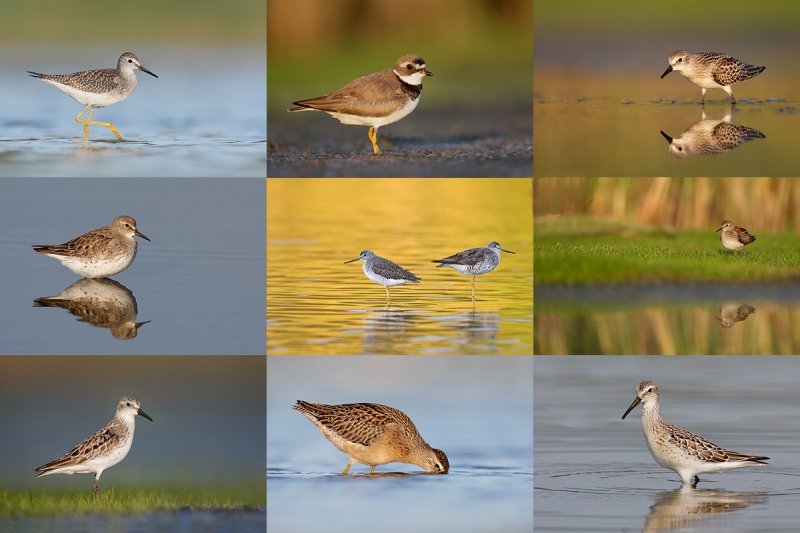
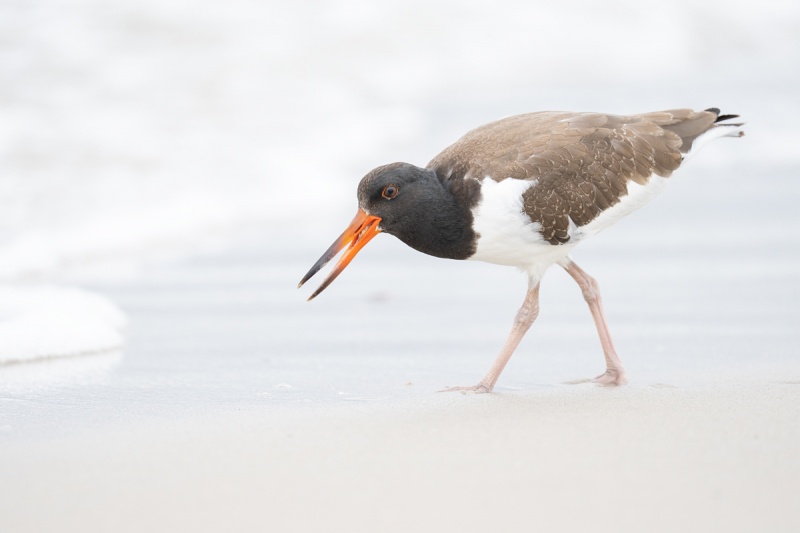
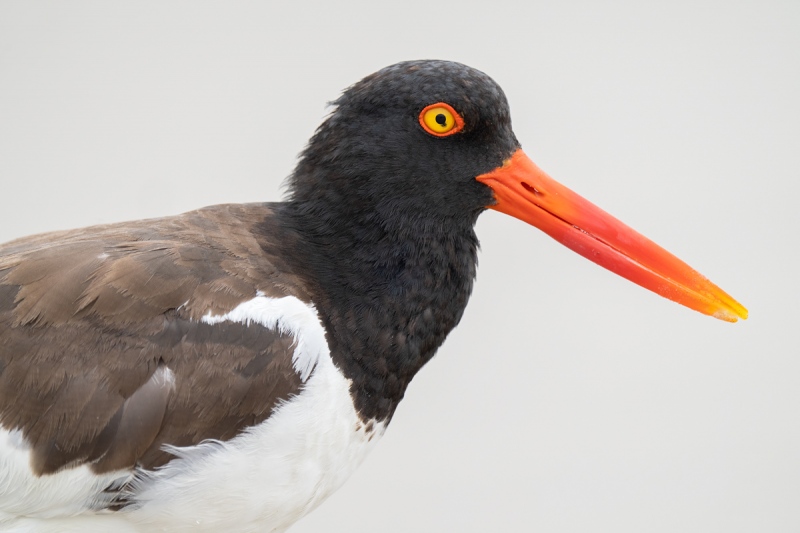
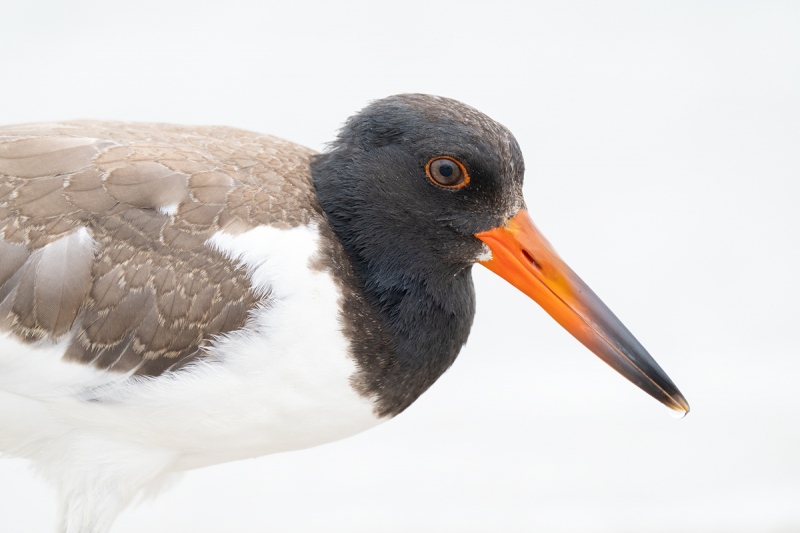
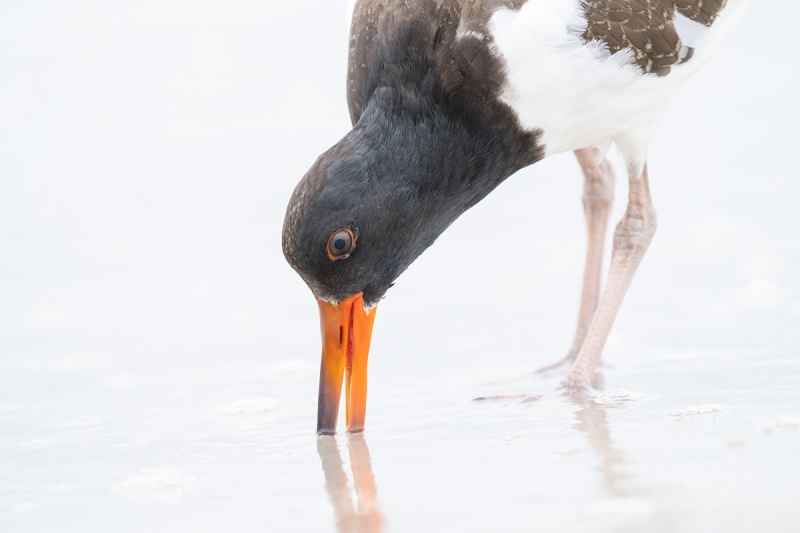













Love your posts Artie. Thought you might appreciate this https://youtu.be/a-2VXvmXUxQ. Only with Sony !
Stay safe in these crazy time – we’re coming up 200 days in lockdown here in Melbourne – is it even possible! We’re living vicariously through posts like yours so keep em comin !
Regards
Duncan
“Are the white feathers and the pink legs of the birds presented in today’s featured images too light for your taste?”
Yes, very much glowing in the whites. But I would expect some of that given the darkness of the subject to get perfect exposure.
BTW, typo correction on the “wide open” notes for the 600mm f/4 images with 1.4 tc at f/9. Should be f/5.6, or maybe it was f/9, so just delete “wide open”
Artie,
Surprised no one has responded, but yes, these do look too bright on both a calibrated NEC monitor and an iPad. They could easily be darkened, of course. But how published images ever look right is mystery to me, with some monitors at 140 or more and others at 90. Yesterday’s six shorebirds, however, were noticeably darker, more like the punchy Velvia of old despite being digital.
Many juvenile oystercatchers here in SW Florida are in poor shape with some sort of arthritis that enlarges their legs and leaves some unable to walk.
Thanks, Cliff. I fear that I was in something of a processing rut … Especially with low light low contrast images.
with love, a
Artie, all 4 were cute and nice! I right down your info photo things and use them when ever I need to with my Nikon camera. I hope next year I can do my usual going to the St. Augustine Alligator Farm in Florida — couldn’t last year and this year so far.